
Pyrenees Treaty
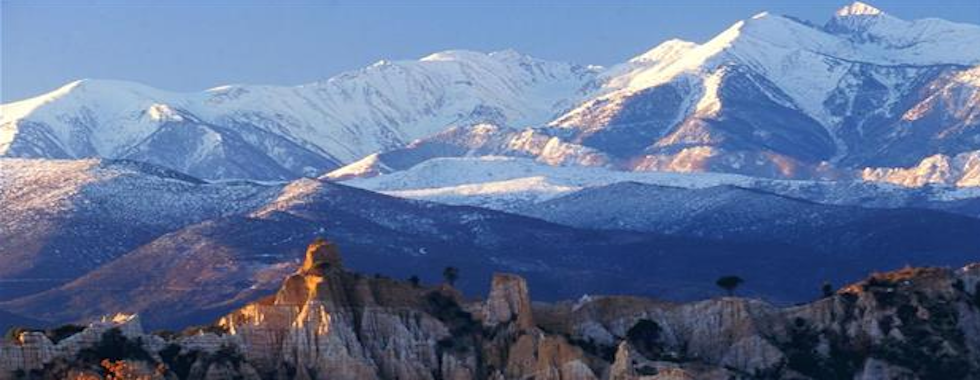
Pyrenees Treaty , Background
In the 17th century, Europe was a field of disagreement between absolutist monarchies and feudal counties. France entered the Thirty Years’ War with Spain, after Spanish victories against the Dutch uprisings in 1620, and against the Swedes at Nördlingen, in 1634.
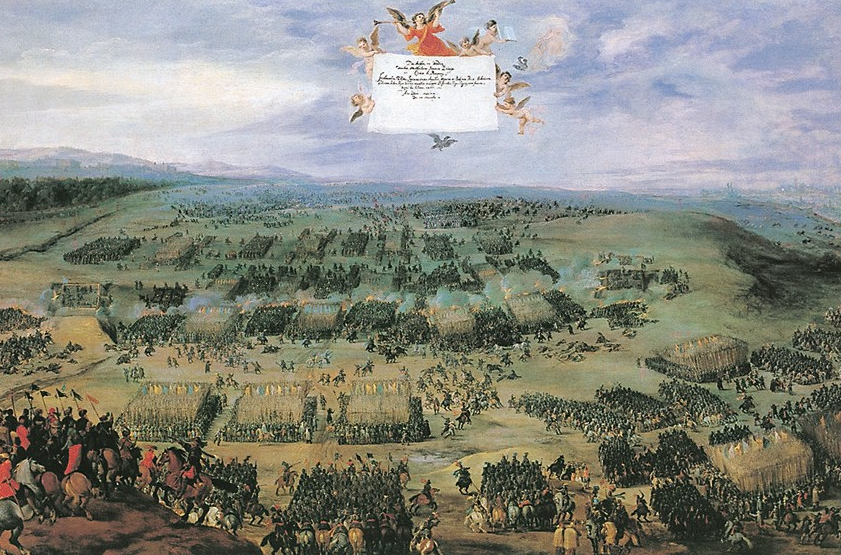
During the Westphalia Peace negotiation in 1648, France annexed the territories of Alsace and Lorraine and cut off Spain’s access to the Netherlands Republic. In this context, the war starts between France and Spain.
In 1648, Felipe IV – King of Castile and III of Aragon- gaves their support in the French Civil War, the Fronde. In 1652, the King Felipe IV wins the War of the Segadors agains Catalonia, when Catalonia was behaing the protection of Lluís XIV King of France.
Felipe IV, expropriated the Royal Palace of Barcelona in 1654 with his bastard son, John Joseph of Austria. They rebuild the Palace into the residence of the royalty. It bemace an icon of power since the Palace containes the city’s parade ground. (See the article: Palace’s Plain).
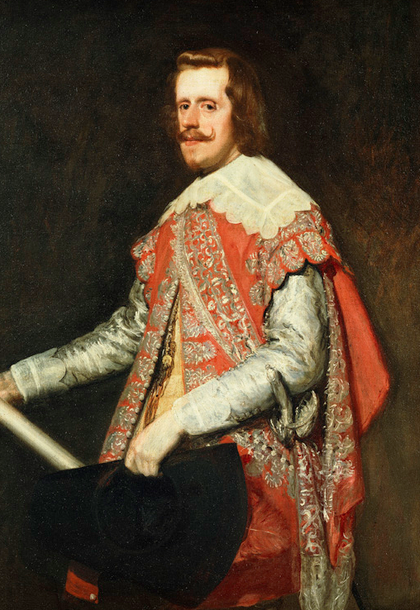
After 10 years war, in 1658, France allied with England won the Dunes Battle, against Spain near Dunkirk. Spain and France signed the peace in 1659. Thus ending the Thirty Years War.
For first time in the history, the peace document consideres the issue of the Catalan border. The Roussillon pass under French power and Lluís XIV yielded to Catalonia from Rosas village to the castle of Trinidad and Cadaqués, the Seu de Urgell, the castle of Bastida, Bagá, Ripoll and the county of Cerdanya.
Pyrenees Treaty
The Treaty of the Pyrenees was signed on the 7th of November in 1659 by Luis Méndez de Haro and Pedro Coloma the representatives of Felipe IV of Castilla – III of Aragón. The representatives of Lluís XIV of France were: Cardinal Mazzarino and Hugues de Lionne. Signing the end of the Thirty Years’ War on Pheasant Island.
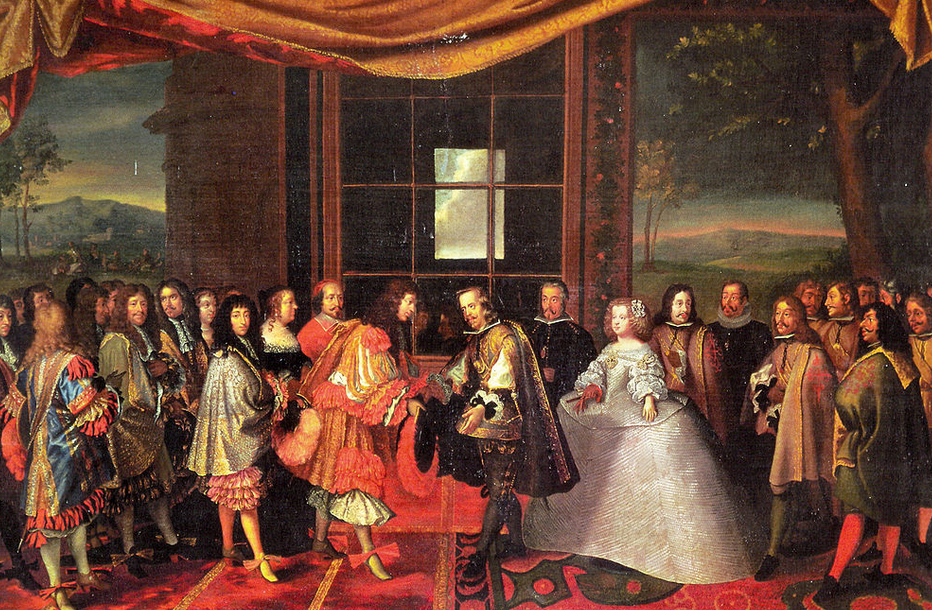
The 42 article of the Treaty sais: “The French King Chr. Will remain in possession and will effectively enjoy the whole county of Roussillon, and the county of Conflent and The Catholic King has to stay in the county of Cerdanya and the whole Principality of Catalonia. “
In 1660, Both parties established the final Treaty in Ceret. This document draw the border between the two kingdowns. The negotiators of Felipe IV managed to retain Llívia village arguing that Llívia is a village and not a town. Thus this final document got the name of Llivia Treaty.
Agreement builders
Felipe IV negotiated the treaty of the Pyrenees without consulting the Catalan Board. In fact, He did not officially communicate it until the Board at Barcelona in 1702. The Catalan Board did not ratify the Treaty. Thus, the Treaty of the Pyrenees was consideren an illegality. The affected territories conspired for several years to merge again the Principality. The Catalan authorities resisted accepting the partition. But, the treaty finally become effective in 1720.

Agreements to delimit the border, were carried out by Luis de Haro on the side of Castilla y Aragón. Haro represented The King Felipe IV . He tried to preserve the counties of Rosselló and La Cerdaña. Finally, he preferred to save Flanders’ places rather than maintain the territorial unity of the Catalonia Principality.
Agreement builders and representatives of Lluís XIV were: Cardinal Mazzarino, Pèire de Marca, Bernat Plessis de Besançon and Ramón Trobat, They were knowledgeable about the lands and history of Catalonia. This fact had a very negative influence on the results of the treaty for the Catalonia rights.
Mazzarino resigned from Bellver and Puigcerdá. De Haro gave up the northern part of Cerdanya. In France, the treaty was advantageous: Gano Rossellón, Conflent, Vallespir, Capcir and thirty-three towns in Cerdanya.
The Treaty of the Pyrenees stablished the weding of Lluís XIV with María Teresa de Austria, Who was the daughter of Felipe IV. María Teresa had to renounce the succession rights to the crown of Castilla y Aragón, in exchange for financial compensation. This compensation was never paid and it was one of the factors that triggered the Spanish Succession War, in 1702.
Catalonia cut-up
The final text of the Pyrenees treaty incorporates into France the counties of Roussillon, Conflent, Vallespir and part of Cerdanya. On the other hand, the French Crown returns to Spain places of Rosas, Cadaqués, Ripoll, Bagà and the western part of Cerdanya with Puigcerdá, Querol, Bellver, the Cerdagne Castell and La Seu de Urgell.
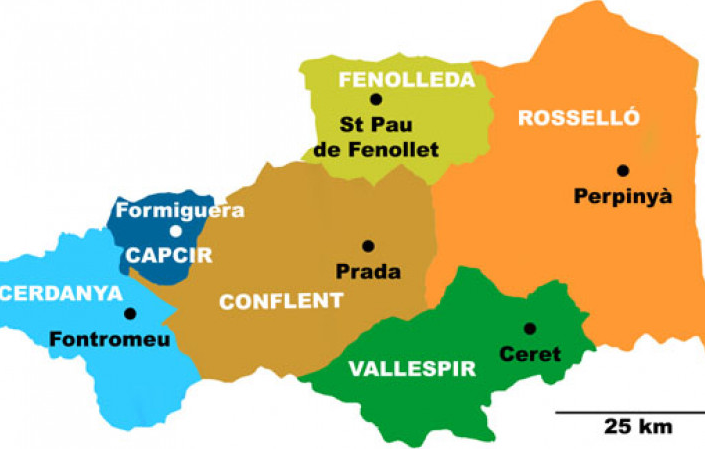
The Catalan territory was thus cut-up against the Oath of the Balearics Islands, According to this Oath the old Mallorca Kingdom could not be cut-up from the Aragon Kingdom. This cut-up was done in exchange for the Spanish possessions in Flanders.
The Treaty of the Pyrenees also affected the mountains range, some summits are now on the border, such as the Puigmal. Other peaks remained in French country such as the Carlit and others in Catalan territory such as the Cadí.
Throughout history the gaps on the Pyrenees have been the passage of migrations such as that of the Cathars, (see the way of Bons Homes). The International Brigades supporting the republican army during the Spanish civil war. The maquis resisting Franco’s army. The fugitives searching freedom fleeing from the Nazis during the II World War. As well as smugglers to evade border controls.
French Catalonia.
The Treaty of the Pyrenees considered to keep the Catalan institutions in the north of the Pyrenees. On the same June 1660, a few days after the agreement, Lluís XIV signed the edict of San Juan de Lohitzune, to dissolve forever the Royal Council, the Deputation, the Royal Courts of Heritage and the National Master
In order to replace the Catalan institutions, It was stablished the Sobirà Roussillon Council. France issued another royal decree approved on April 2, 1700, It frobides the use of the Catalan language in official events. Since then, French is the only official language.
 BarcelonaWalking Barcelona Hiking Barcelona Montserrat Costa Brava Pyrenees
BarcelonaWalking Barcelona Hiking Barcelona Montserrat Costa Brava Pyrenees